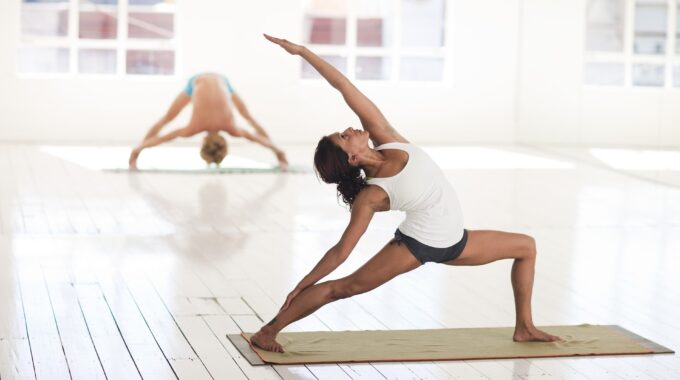
The Healing Power of Movement
In today’s fast-paced and often stressful world, we all experience moments of anxiety and tension. From the demands of our busy lives to the constant barrage of information and technology, it’s no wonder that stress and anxiety have become all too common. Fortunately, there’s a powerful and natural antidote that can help you find calm and serenity: movement. In this blog post, we’ll explore the transformative effects of physical activity on stress and anxiety, and provide you with practical tips on incorporating movement into your daily routine.
How Movement Impacts Stress and Anxiety
1. Releases Endorphins: When you engage in physical activity, your brain releases endorphins, the body’s natural mood lifters. Endorphins reduce the perception of pain and trigger positive feelings, which can help combat the symptoms of stress and anxiety.
2. Reduces Cortisol Levels: Cortisol is a hormone produced in response to stress. Chronic stress can lead to elevated cortisol levels, which can be harmful to both your physical and mental health. Regular physical activity helps lower cortisol levels, leading to a more relaxed and balanced state of mind.
3. Enhances Sleep Quality: Stress and anxiety often disrupt sleep patterns, creating a vicious cycle. Regular movement can improve the quality of your sleep, allowing you to wake up feeling refreshed and less anxious.
4. Boosts Self-Esteem: Engaging in physical activity can boost your self-esteem and self-confidence. This positive self-image can help you better manage the stresses and challenges that life throws your way.
5. Fosters Mindfulness: Activities like yoga, Tai Chi, and mindful walking encourage mindfulness and presence in the moment, which can help reduce anxiety by focusing your mind on the here and now.
Types of Movement for Stress and Anxiety
1. Cardiovascular Exercise: Activities like jogging, swimming, cycling, and dancing get your heart rate up and increase endorphin production.
2. Yoga and Pilates: These mind-body practices not only improve physical flexibility but also cultivate mental relaxation and stress reduction.
3. Strength Training: Lifting weights and bodyweight exercises can build confidence and reduce tension.
4. Mindful Walking: Taking a walk in a natural setting, such as a park or along the beach, while paying attention to your surroundings, can be meditative and soothing.
Incorporating Movement into Your Routine
Now that we understand the powerful connection between movement and stress and anxiety, let’s explore some tips for incorporating physical activity into your daily routine:
1. Find an Activity You Enjoy: Choose activities that you genuinely like, as you’re more likely to stick with them. Whether it’s dancing, hiking, or practicing yoga, make it enjoyable.
2. Start Small: If you’re new to exercise, begin with short sessions and gradually increase the duration and intensity as your fitness level improves.
3. Create a Schedule: Set aside dedicated time for movement in your daily or weekly routine. Consistency is key.
4. Mix It Up: Variety keeps things interesting. Try different types of activities to prevent boredom and engage different muscle groups.
5. Buddy System: Partner up with a friend or join a class to stay motivated and accountable.
6. Mindful Movement: Consider practices that combine movement with mindfulness, like yoga or Tai Chi, to maximize the stress-reducing benefits.
Conclusion
Movement isn’t just about physical fitness; it’s a powerful tool for managing stress and anxiety. Regular physical activity can help you release endorphins, reduce cortisol levels, improve sleep quality, boost self-esteem, and promote mindfulness. So, lace up your sneakers, roll out your yoga mat, or take that first step towards a healthier, happier, and less anxious you. Remember, in the journey to better mental health, movement is a path well worth exploring.
Visit us at Reform Fit in Little Chesterford to get moving! We offer 1:1 or group Personal Training, Pilates and Yoga classes. If you need some extra support with getting moving, we have a strong association with Reform Physio which is located right next door should you require sports massage or Physiotherapy to get you moving pain-free.



This Post Has 0 Comments